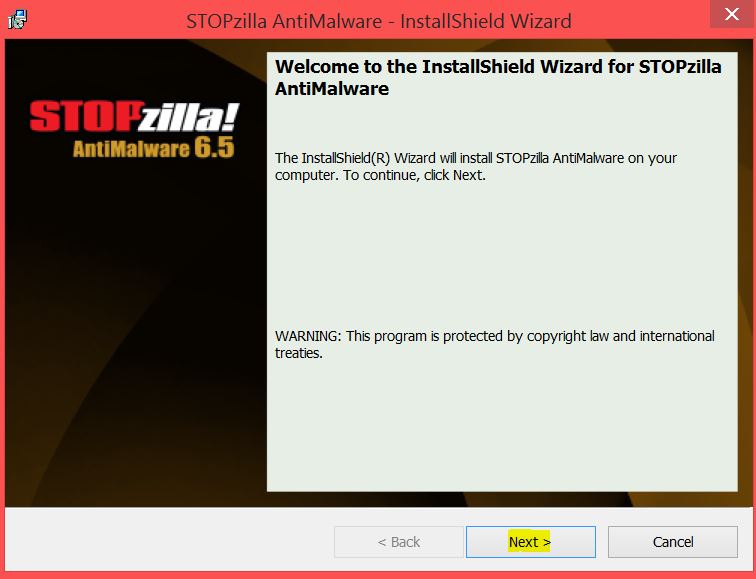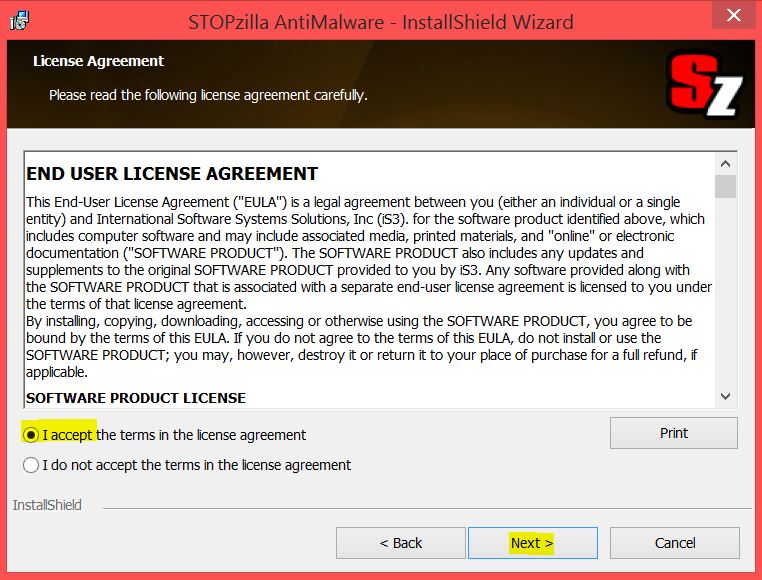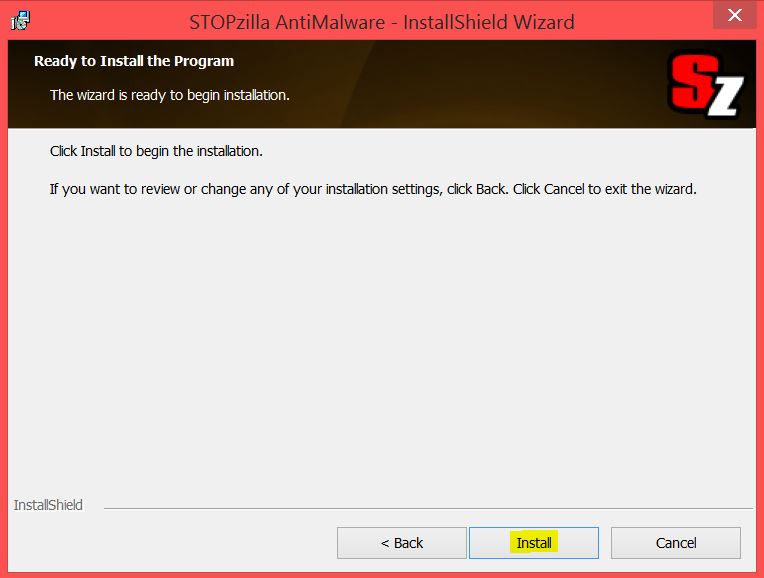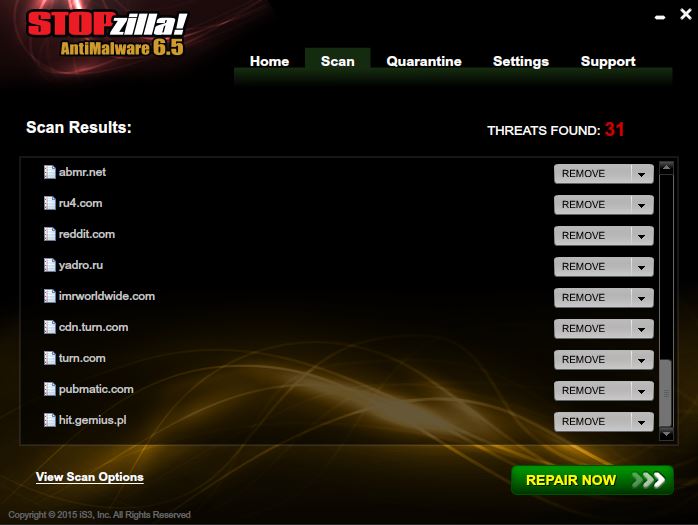 Malware researchers have discovered a new banking Trojan, dubbed by the weird name Scylex. It has been advertised at this present moment on the DarkWeb forums, but the malware has not yet been seen in action. Scylex is reported by Heimdal researchers to be advertised as a new form of threat that is created with a code like no other on the web, which is particularly dangerous, because if this virus is already released it may have caused numerous infections on institutions worldwide.
Malware researchers have discovered a new banking Trojan, dubbed by the weird name Scylex. It has been advertised at this present moment on the DarkWeb forums, but the malware has not yet been seen in action. Scylex is reported by Heimdal researchers to be advertised as a new form of threat that is created with a code like no other on the web, which is particularly dangerous, because if this virus is already released it may have caused numerous infections on institutions worldwide.
For those who are not familiar, banking Trojans, like Scylex exhibit a botnet-like behavior in combination with information stealing mechanisms to steal financial details from infected computers.

Threat Summary
| Name |
Scylex |
| Type | Banking Trojan |
| Short Description | The Scrylex trojan steals financial information from compromised computers. |
| Symptoms | Phishing pages, unfamiliar processes, weird behavior on system startup. |
| Distribution Method | Via an Exploit kit, JavaScript, other malware or PUPs., rootkit. |
| Detection Tool |
See If Your System Has Been Affected by malware
Download
Malware Removal Tool
|
| User Experience | Join our forum to Discuss Scylex Banking Trojan. |

Scylex – Potential Ways of Distribution
There are several methods by which Scylex banking Trojan can spread all over the web. One of these methods is by spam e-mail. The malware may exist uploaded online in malicious URLs that can be posted in the body of the e-mail, like the example picture below:
It may also exist in malicious e-mail attachments that can cause PC infection by having users download and open them by themselves on their computers, believing they are legitimate documents, like PDF or Microsoft Office files.

Scylex – More Information About it
Experts at Heimdal Security and CSIS Security Group have also discovered that the price of Scylex on the dark web is not a small one. The virus starts with the basics at $7,500. Ever since the Zeus project has been released, most banking Trojans have taken its source code and modified it to sell cloned malware on the deep web.
This is why, experts at Softpedia believe that the people behind Scylex banking Trojan use this fact as a marketing tool to advertise a virus that is completely new and has nothing to do with clones that may be detected more by antivirus software.
The kit, sold by the cyber-criminals in the deep web is not limited to the malware piece itself. It also involves a rootkit malware, data stealers from online forums and also injectors. For additional security, experts report that this virus also includes a special proxy which can operate even when the connection is very slow and the user does not have an administrator access on the affected computer.
Not only this, but If the one who buys the malware wishes to pay extra, they should receive a free “customer support” to use such proxies, according to researchers.
There were also other features of this virus that have been reported to exist, like the newly seen feature for Trojans to use Virtual Networks, giving the cyber-criminal customers extra security by allowing them to infect computers from virtual machines.
Scylex Trojan has the capability to include limitless features in it as well. The blackhats behind it also promise to include other modules in the virus:
- Powerful “Spreading” features.
- Compatibility with Microsoft Edge and Opera web browsers.
- Financial transaction support features.

Scylex Banking Trojan – Conclusion, Removal and Protection
The cyber-criminals behind Scylex Trojan are also reported to be working on other malware as well. Softpedia researchers report that they are also developing a powerful DDoS tools. With having everything saved online nowadays, malware analysts are concerned that malware has become a lucrative business for those who wish to use it for profit via cyber-crime. This is why they strongly advise users to have the necessary protection against it at all times.
We advise checking for Scylex banking trojan by using the instructions below and scanning it with an advanced anti-malware software, which will also help you stay protected in the future as well with its real-time shield.
Automatically remove Scylex by downloading an advanced anti-malware program
Preparation before removing Scylex.
Before starting the actual removal process, we recommend that you do the following preparation steps.
- Make sure you have these instructions always open and in front of your eyes.
- Do a backup of all of your files, even if they could be damaged. You should back up your data with a cloud backup solution and insure your files against any type of loss, even from the most severe threats.
- Be patient as this could take a while.
- Scan for Malware
- Fix Registries
- Remove Virus Files
Step 1: Scan for Scylex with SpyHunter Anti-Malware Tool



Step 2: Clean any registries, created by Scylex on your computer.
The usually targeted registries of Windows machines are the following:
- HKEY_LOCAL_MACHINE\Software\Microsoft\Windows\CurrentVersion\Run
- HKEY_CURRENT_USER\Software\Microsoft\Windows\CurrentVersion\Run
- HKEY_LOCAL_MACHINE\Software\Microsoft\Windows\CurrentVersion\RunOnce
- HKEY_CURRENT_USER\Software\Microsoft\Windows\CurrentVersion\RunOnce
You can access them by opening the Windows registry editor and deleting any values, created by Scylex there. This can happen by following the steps underneath:


 Tip: To find a virus-created value, you can right-click on it and click "Modify" to see which file it is set to run. If this is the virus file location, remove the value.
Tip: To find a virus-created value, you can right-click on it and click "Modify" to see which file it is set to run. If this is the virus file location, remove the value.Step 3: Find virus files created by Scylex on your PC.
1.For Windows 8, 8.1 and 10.
For Newer Windows Operating Systems
1: On your keyboard press + R and write explorer.exe in the Run text box and then click on the Ok button.

2: Click on your PC from the quick access bar. This is usually an icon with a monitor and its name is either “My Computer”, “My PC” or “This PC” or whatever you have named it.

3: Navigate to the search box in the top-right of your PC's screen and type “fileextension:” and after which type the file extension. If you are looking for malicious executables, an example may be "fileextension:exe". After doing that, leave a space and type the file name you believe the malware has created. Here is how it may appear if your file has been found:

N.B. We recommend to wait for the green loading bar in the navigation box to fill up in case the PC is looking for the file and hasn't found it yet.
2.For Windows XP, Vista, and 7.
For Older Windows Operating Systems
In older Windows OS's the conventional approach should be the effective one:
1: Click on the Start Menu icon (usually on your bottom-left) and then choose the Search preference.

2: After the search window appears, choose More Advanced Options from the search assistant box. Another way is by clicking on All Files and Folders.

3: After that type the name of the file you are looking for and click on the Search button. This might take some time after which results will appear. If you have found the malicious file, you may copy or open its location by right-clicking on it.
Now you should be able to discover any file on Windows as long as it is on your hard drive and is not concealed via special software.
Scylex FAQ
What Does Scylex Trojan Do?
The Scylex Trojan is a malicious computer program designed to disrupt, damage, or gain unauthorized access to a computer system.
It can be used to steal sensitive data, gain control over a system, or launch other malicious activities.
Can Trojans Steal Passwords?
Yes, Trojans, like Scylex, can steal passwords. These malicious programs are designed to gain access to a user's computer, spy on victims and steal sensitive information such as banking details and passwords.
Can Scylex Trojan Hide Itself?
Yes, it can. A Trojan can use various techniques to mask itself, including rootkits, encryption, and obfuscation, to hide from security scanners and evade detection.
Can a Trojan be Removed by Factory Reset?
Yes, a Trojan can be removed by factory resetting your device. This is because it will restore the device to its original state, eliminating any malicious software that may have been installed. Bear in mind, that there are more sophisticated Trojans, that leave backdoors and reinfect even after factory reset.
Can Scylex Trojan Infect WiFi?
Yes, it is possible for a Trojan to infect WiFi networks. When a user connects to the infected network, the Trojan can spread to other connected devices and can access sensitive information on the network.
Can Trojans Be Deleted?
Yes, Trojans can be deleted. This is typically done by running a powerful anti-virus or anti-malware program that is designed to detect and remove malicious files. In some cases, manual deletion of the Trojan may also be necessary.
Can Trojans Steal Files?
Yes, Trojans can steal files if they are installed on a computer. This is done by allowing the malware author or user to gain access to the computer and then steal the files stored on it.
Which Anti-Malware Can Remove Trojans?
Anti-malware programs such as SpyHunter are capable of scanning for and removing Trojans from your computer. It is important to keep your anti-malware up to date and regularly scan your system for any malicious software.
Can Trojans Infect USB?
Yes, Trojans can infect USB devices. USB Trojans typically spread through malicious files downloaded from the internet or shared via email, allowing the hacker to gain access to a user's confidential data.
About the Scylex Research
The content we publish on SensorsTechForum.com, this Scylex how-to removal guide included, is the outcome of extensive research, hard work and our team’s devotion to help you remove the specific trojan problem.
How did we conduct the research on Scylex?
Please note that our research is based on an independent investigation. We are in contact with independent security researchers, thanks to which we receive daily updates on the latest malware definitions, including the various types of trojans (backdoor, downloader, infostealer, ransom, etc.)
Furthermore, the research behind the Scylex threat is backed with VirusTotal.
To better understand the threat posed by trojans, please refer to the following articles which provide knowledgeable details.














 1. Install SpyHunter to scan for and remove Scylex.
1. Install SpyHunter to scan for and remove Scylex.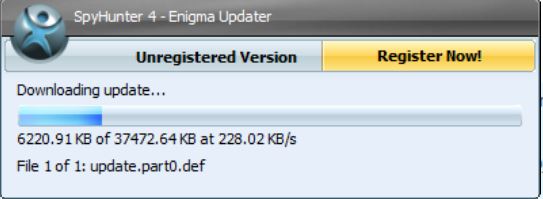

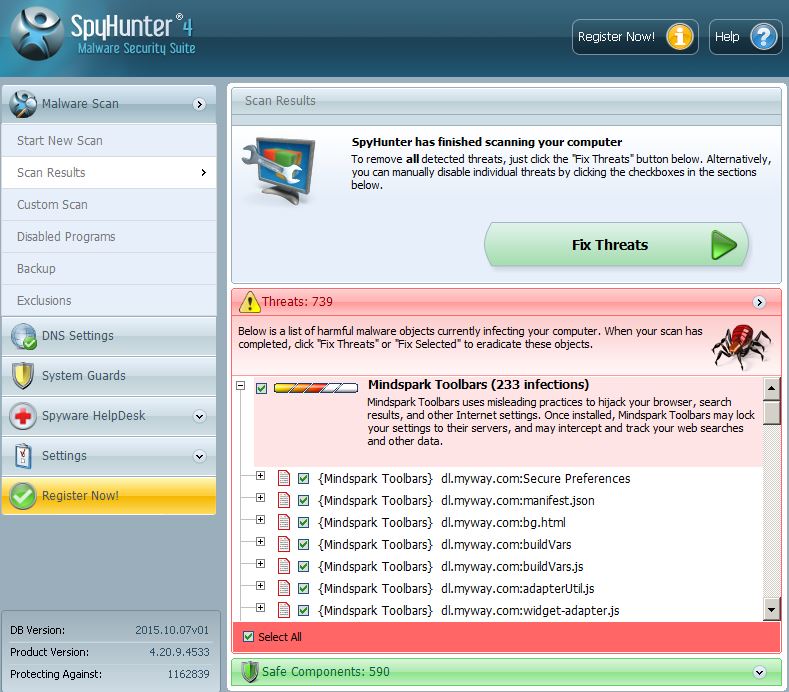
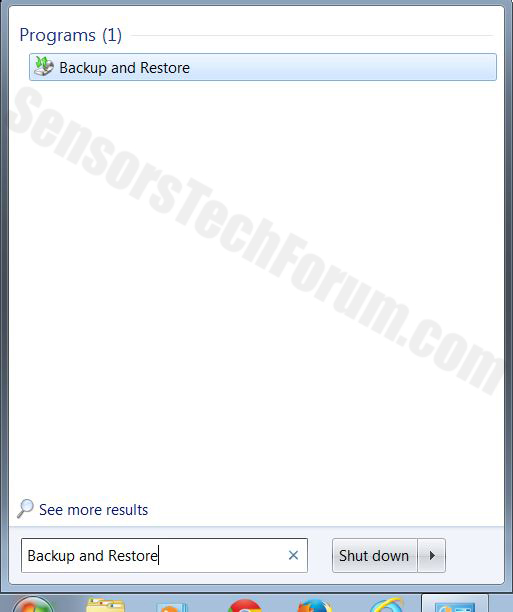
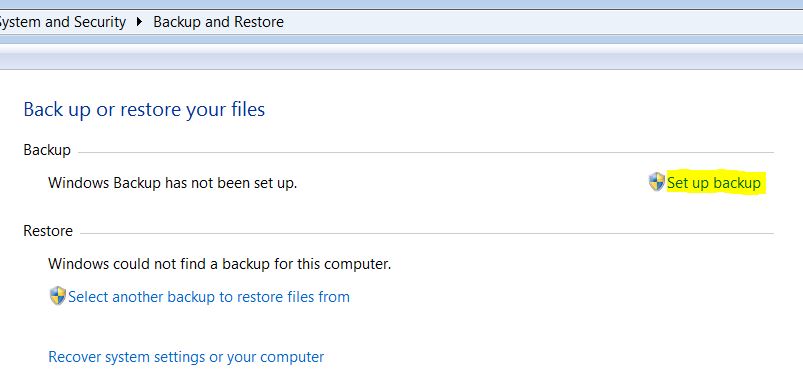
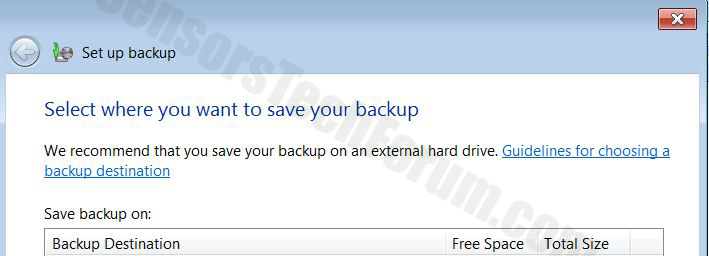
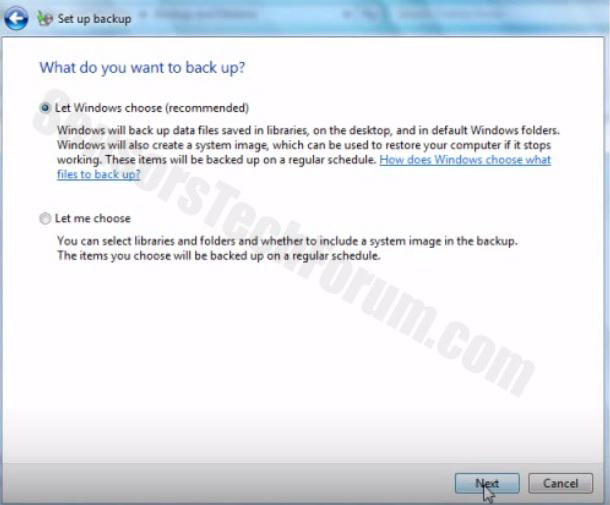
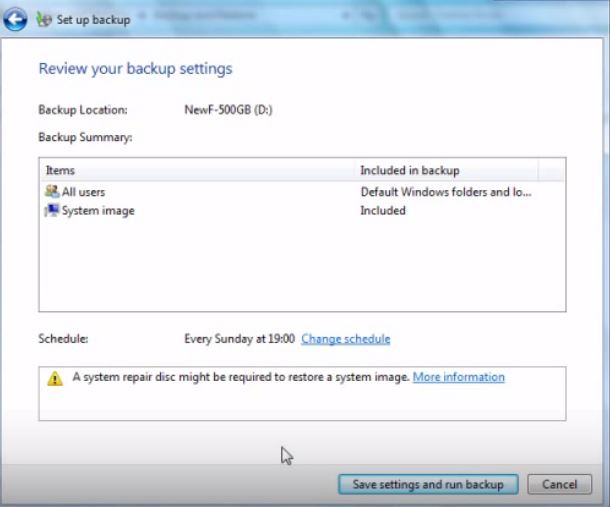

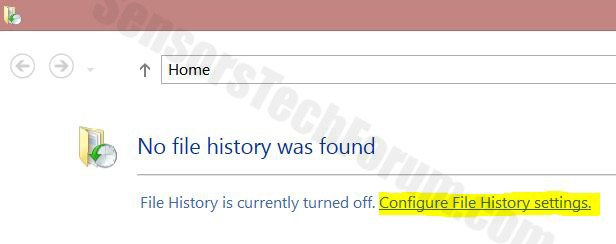
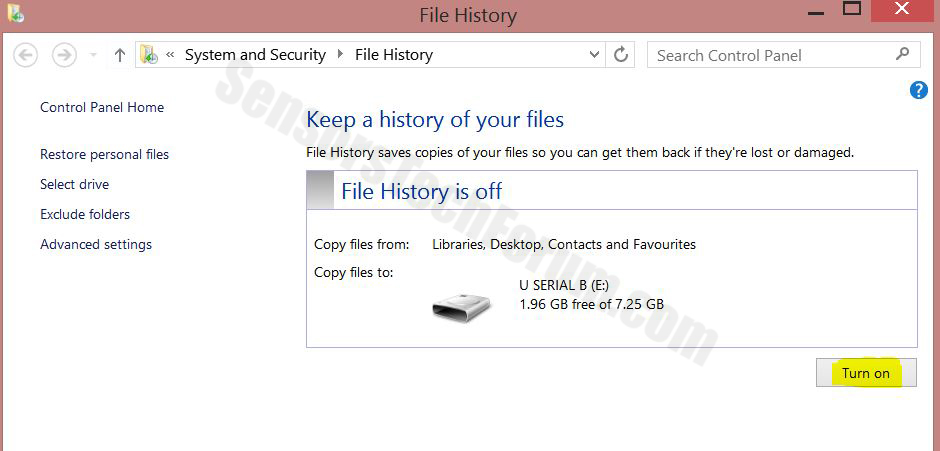



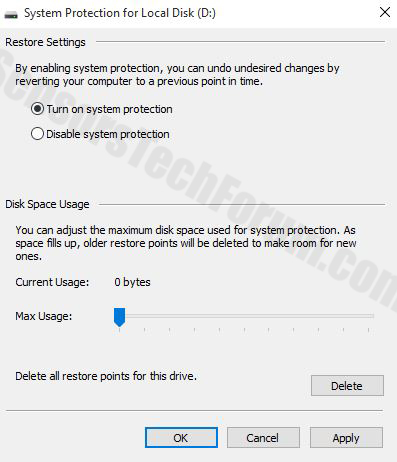
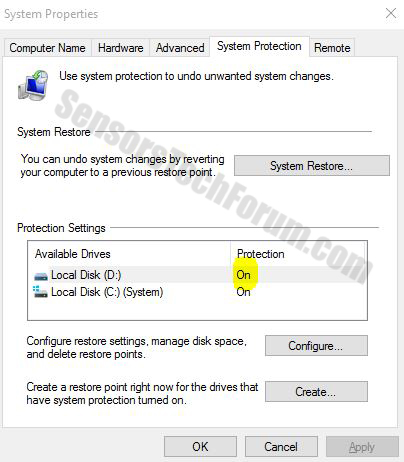
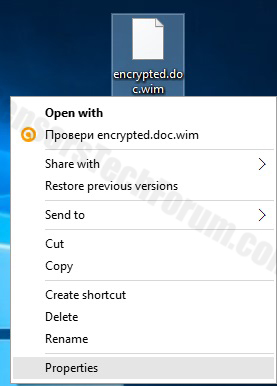
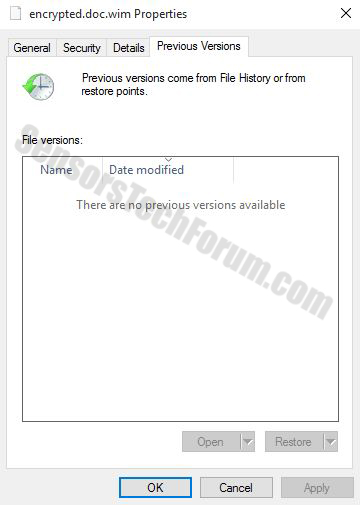
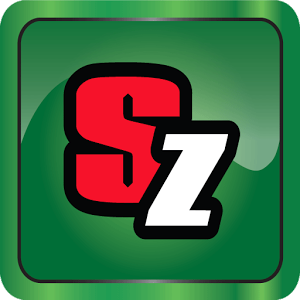 STOPZilla Anti Malware
STOPZilla Anti Malware
